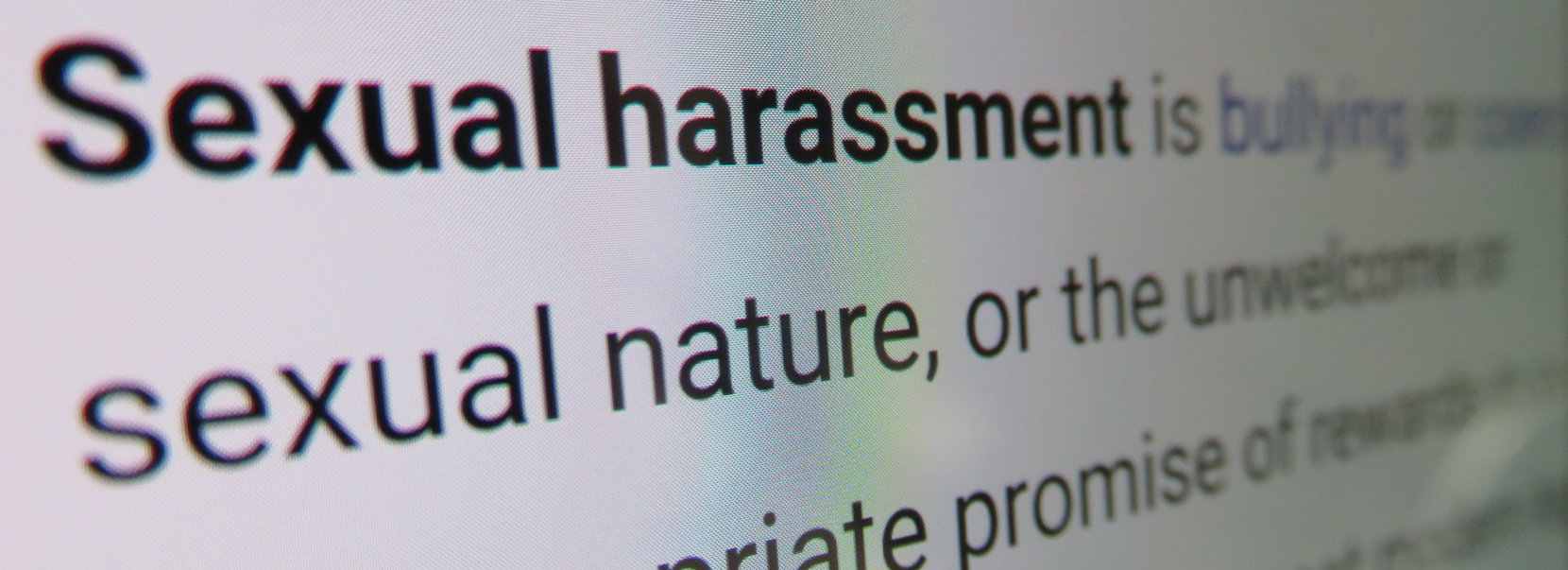The issue of sexual harassment and misconduct in the workplace vaulted to the forefront of most employers’ attention in 2017, with the #MeToo hashtag going viral and Time magazine naming as its People of the Year the #SilenceBreakers, its name for the women and men who came forward in 2017 to report sexual harassment and assault.
Given this widespread attention, we predict a continued rise in workplace harassment complaints in 2018. While your organization may have a harassment prevention policy in effect, your organization and employees will benefit from a revision of those policies and the development of new protocols to detect and prevent workplace harassment. This holds true in all industries, from manufacturing to media, and at all employment levels, from temporary to top-level executives.
Consider these three pointers when reviewing your harassment prevention protocols:
First, it is imperative for your organization to regularly communicate its harassment
prevention policy to its employees. A one-sheeter hidden in the middle of an employment handbook
distributed as part of your organization’s onboarding materials simply won’t cut it.
Second, your organization must periodically train employees on the policy, including how
to make a complaint, examples of harassment, the investigation process and how retaliation is
prohibited. Live training has shown to be more effective than other methods, as it targets and
engages employees and your specific industry.
Third, your organization must ensure measures are in place to vigorously enforce the
policy.
With respect to the actual policy, your HR attorneys can spot and revise outdated, noncompliant, or simply confusing harassment prevention policies. Examples of specific issues that can be addressed include:
- Do employees know the span of what constitutes harassment, how to report it and whether they will be protected for speaking out?
- Do coworkers know their duties to report and address sexual harassment even if they are not the intended victim?
- Do managers and supervisors know how to identify harassment issues and adequately respond to a complaint?
The HR attorneys at Gould & Ratner can assist your organization with ensuring that your organization has adequately communicated updated harassment prevention policies and with training your employees and executives on workplace harassment prevention. Please do not hesitate to contact us if you would like to discuss this important topic further.

